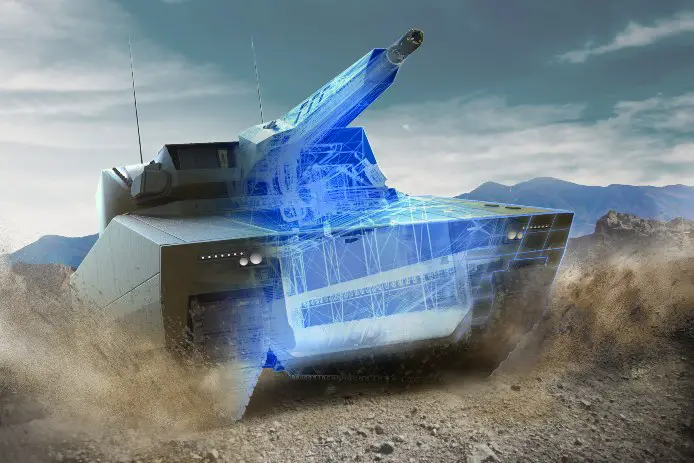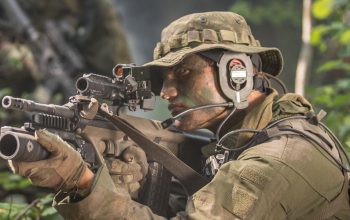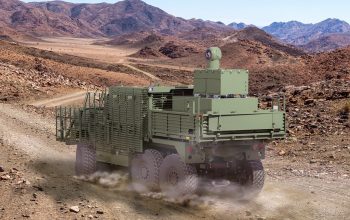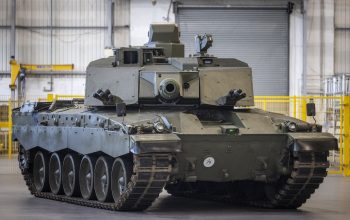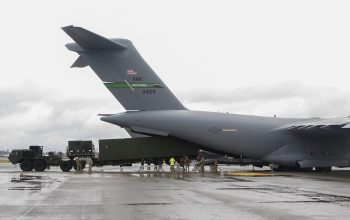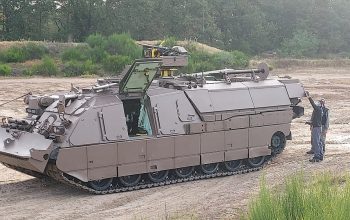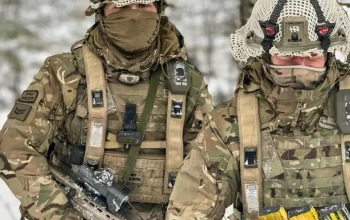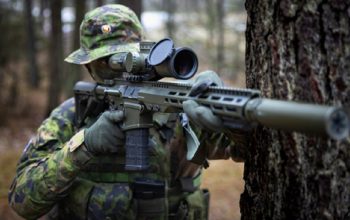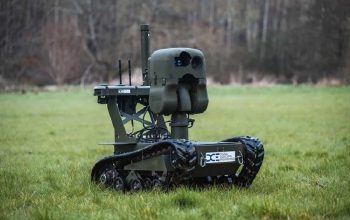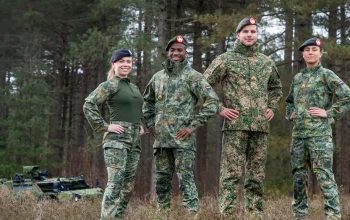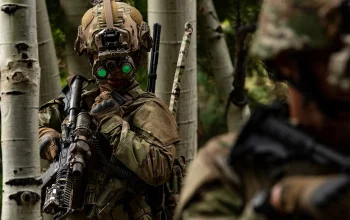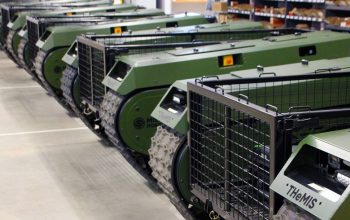Raytheon Technologies and American Rheinmetall Vehicles are developing an infantry fighting vehicle that can conduct close-combat operations, survive modern threats like anti-tank guided missiles and cyber attacks, and use artificial intelligence to help the crew make split-second decisions. If there’s a crew at all, that is; it can also be operated remotely. The team’s design is built on decades of experience in key combat programs and user feedback. It includes a chassis produced by Textron Systems and a next-generation transmission by Allison Transmissions, both made in the U.S. The vehicle, Rheinmetall’s Lynx KF41 Infantry Fighting Vehicle, will be the foundation for the industry team’s proposed design to the U.S. Army for its Optionally Manned Fighting Vehicle, which will replace the aging Bradley fleet.
“The future battlefield calls for a digitally connected fighting vehicle that can outpace the enemy. We will design a vehicle where artificial intelligence detects, identifies and tracks a target, but leaves the engagement decision to the soldier. ” said Pat McCormack, a former Bradley master gunner for the Army and now a capability analyst at Raytheon Missiles & Defense, a Raytheon Technologies business.
“Artificial intelligence is a big leap forward with any fighting vehicle,” said Brad Barnard, director of OMFV at Raytheon Missiles & Defense. “Not only will AI assume a role, it will increase situational awareness and survivability.”
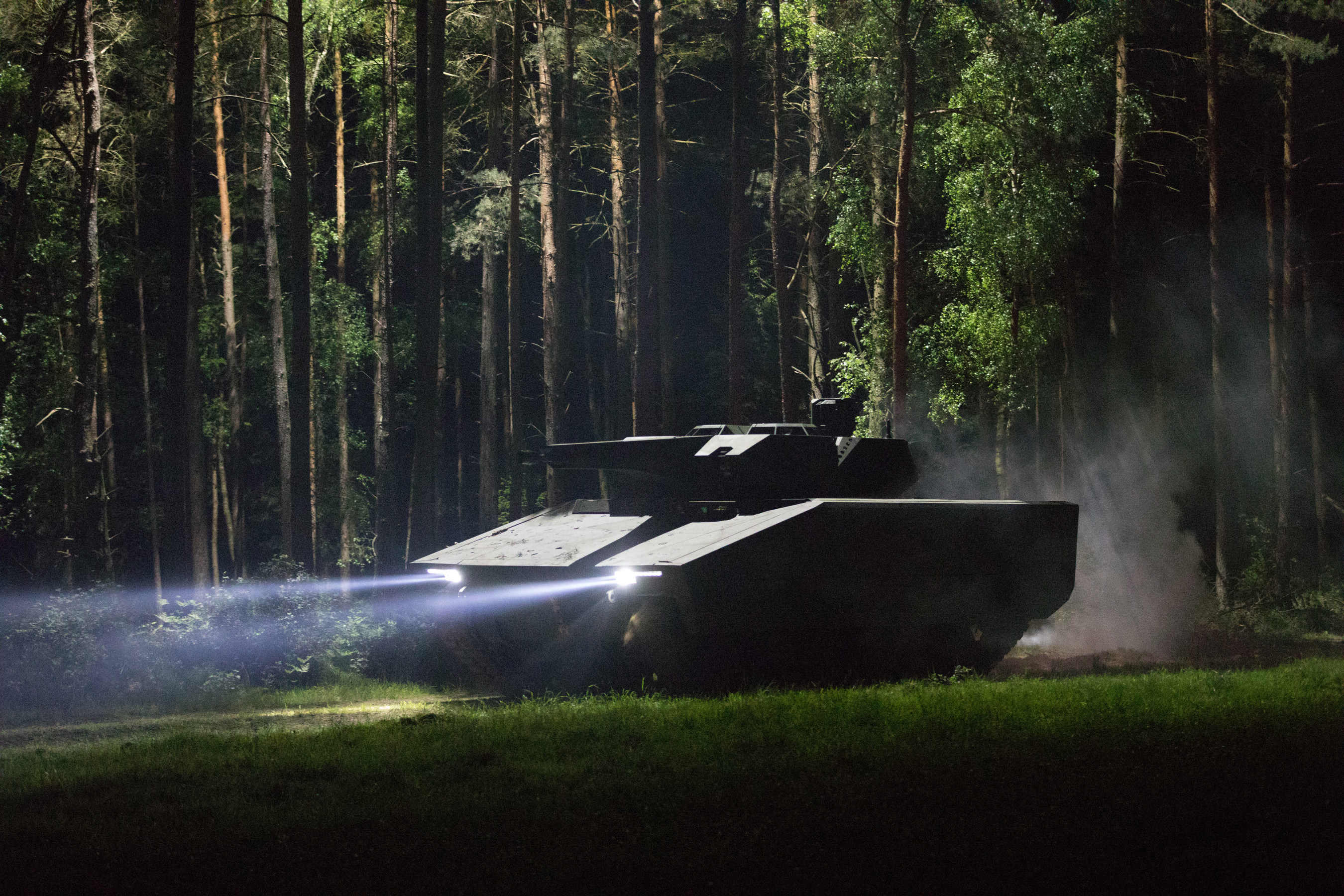
Bradley fighting vehicles traditionally have a three-soldier crew: a commander, gunner and a driver. The new Optionally Manned Fighting Vehicle (OMFV) will have two soldiers and an AI-powered virtual third crew member to help the humans on board think, decide and act faster. Modern automation will allow a two-person crew to maneuver across the battlefield and watch for threats. When the system finds a threat, it will classify it and assign it a priority, after which soldiers can decide whether and how to engage. This reduces their cognitive load and number of simultaneous demands. The vehicle will be similar to a sophisticated semi-autonomous car, with computers and algorithms doing lots of analysis but people making the final decisions.
“We will virtually build, analyze and refine the Lynx design as we progress,” said Wes Kremer, president of Raytheon Missiles & Defense. “And we’ll ensure digital technology enablers, like AI-enabled aided target recognition, provide soldiers every advantage on the battlefield. Designing and testing virtually in a digital environment is revolutionizing our rapid learning. The results are dramatic; we can give our front-line warfighters advanced capabilities that allow them to face whatever challenges the future fight entails.”

The Lynx team is using digital engineering to build detailed, accurate computer models to ensure new capabilities like aided target recognition, or ATR, are compatible with the vehicle. It allows them to connect multiple points of model data into one database, also called a single source of truth. The team will install ATR or other technologies virtually to iterate and assess impacts on the entire system. This reduces integration efforts and risk before manufacturing physical prototypes or installing hardware. A computerized testbed allows them to create the vehicle virtually — testing it on different terrains and modeling combat simulations — and then export the digital model to build a physical version.
That’s only the beginning. The team will look to install other automated programs on the Optionally Manned Fighting Vehicle, where artificial intelligence will help spread the workload. As part of the assessment, the team will examine how effectively AI assumes a portion of a crew member’s tasks. Artificial intelligence is driving a revolution in the way military systems are designed and built, and it will change the way soldiers carry out missions. In 2018, the NGCV team was soliciting industry feedback for an Optionally manned fighting vehicle (OMFV). On January 16, 2020, the Army withdrew the $45 billion contest to replace the Bradley with the Optionally Manned Fighting Vehicle. The U.S. Army plans to have its Bradley tracked fighting vehicle replacement in the field in 2028.
